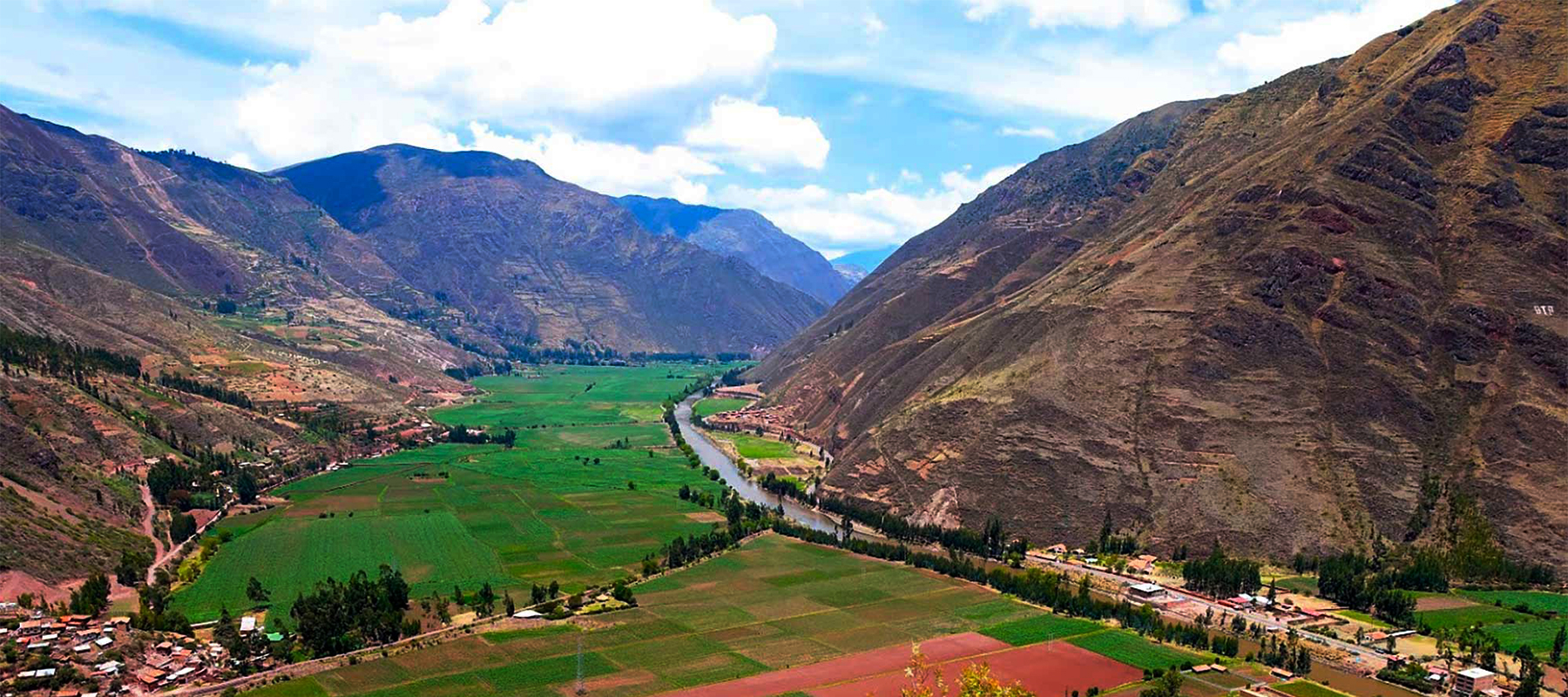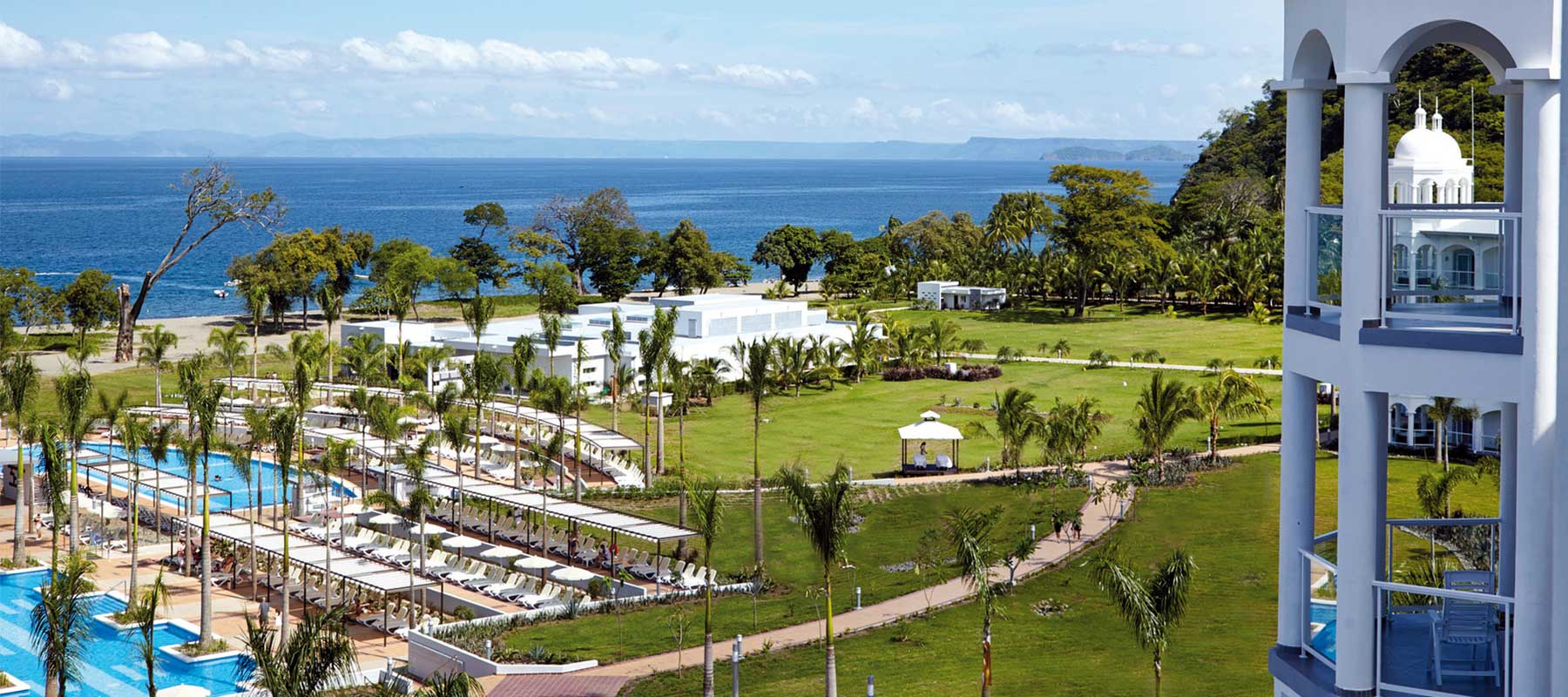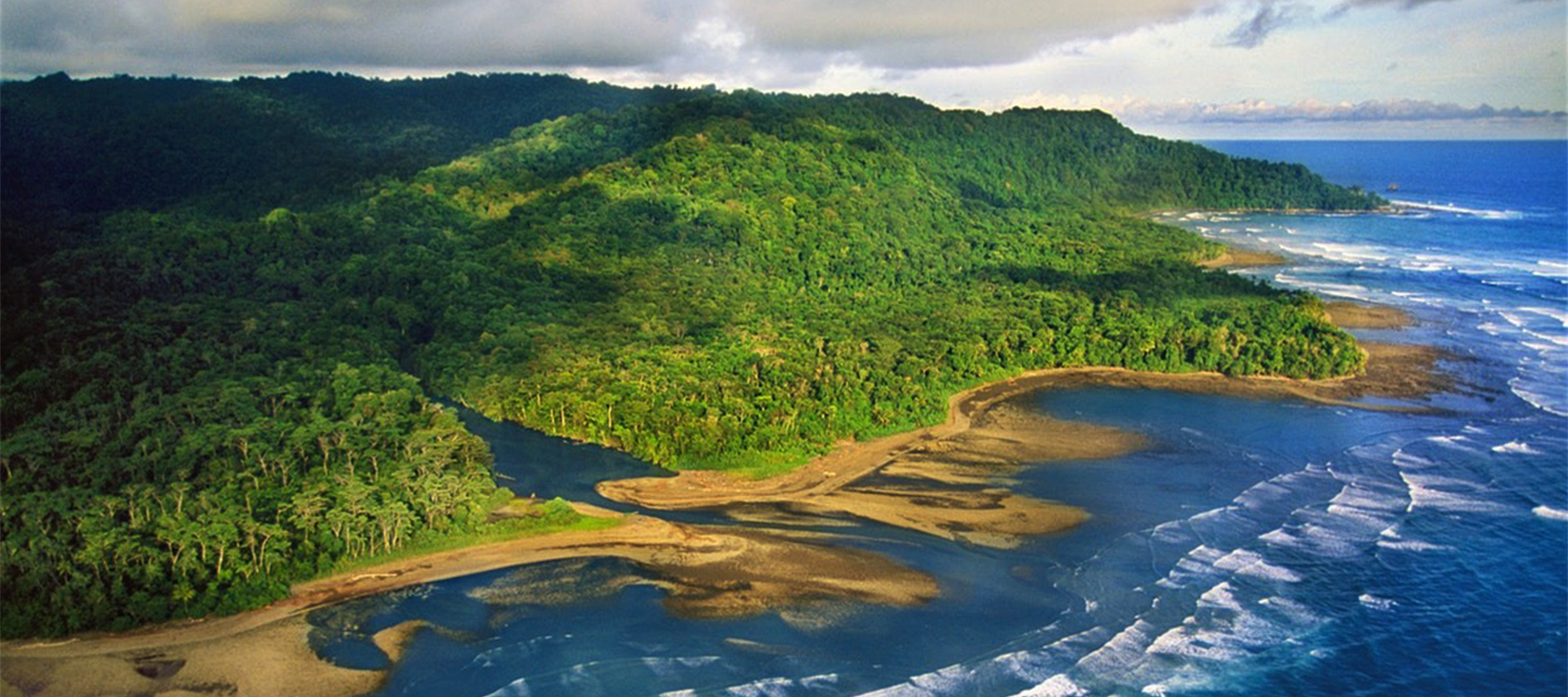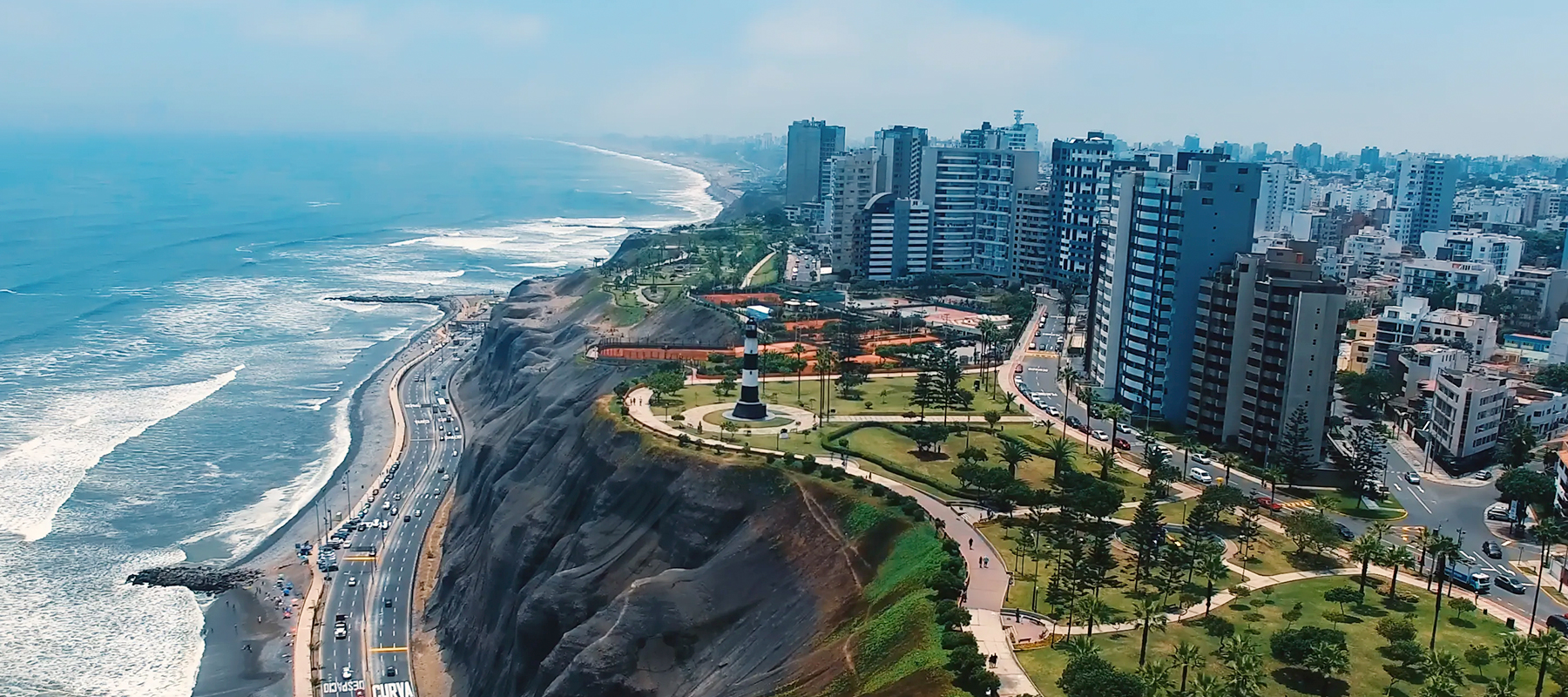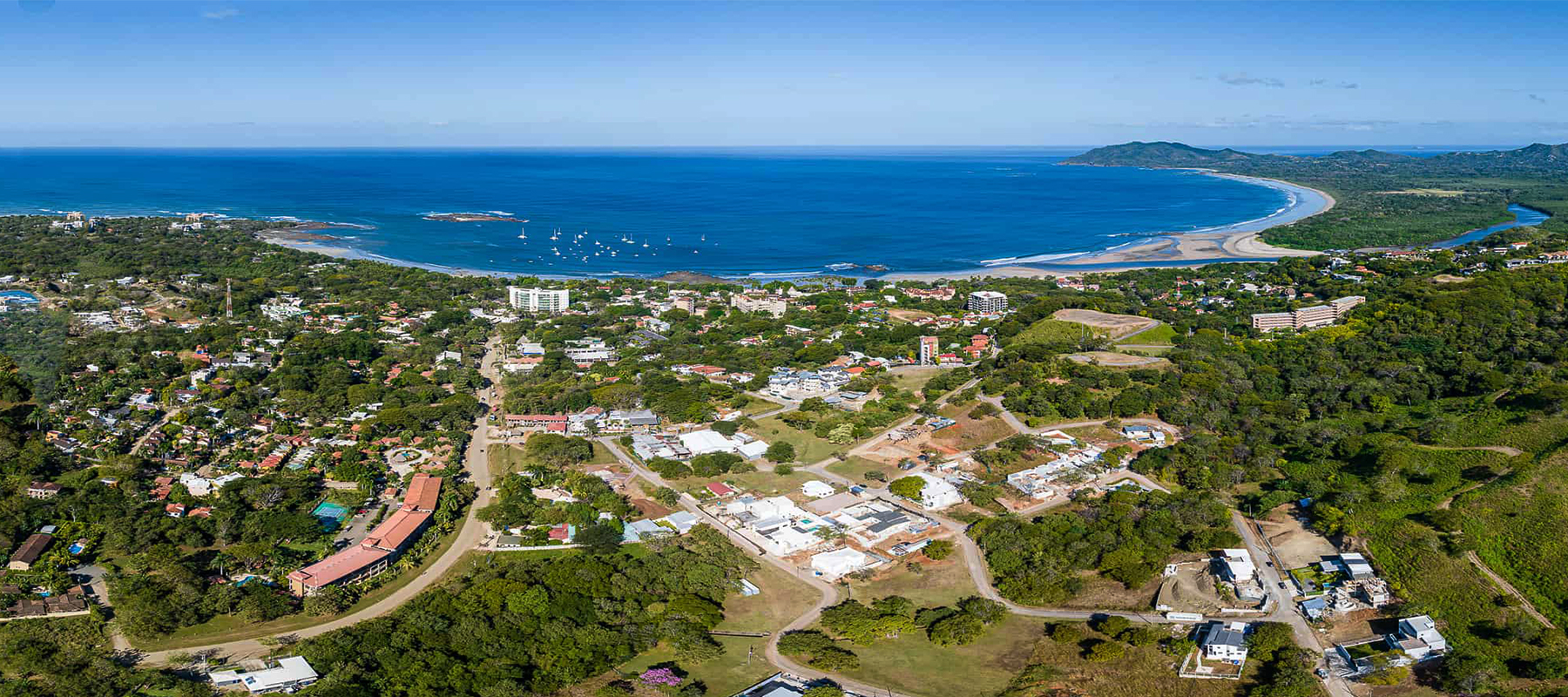Sitting at an altitude of 11,800 feet, I was engaged in a serious discussion with a baby alpaca. We were actually on the same page, so everything was going swimmingly. Perched above Ollantaytambo in Peru's Sacred Valley, I found myself outside the Incan village of Pumamarka's old ruins. Azure skies with clouds that looked like they were painted there, with the Andes sticking out into the distance. On the slope below me: verdant terraces that break up the landscape. In reality, though, my pseudoruminant friend was the only one who looked at me. With the exception of a small group of grazers twenty yards below us, the mountain was entirely ours. Porfirio (Porfy) Carbajal, our guide, was carefully plotting our next move.
In order to visit the brand new Ollantaytambo eco-resort, Las Qolqas, I traveled to Peru. I was among the first American journalists to visit it after it debuted in April 2021, when tourism was still sluggish due to COVID-19 closures and political turmoil. My first plan was to go in February 2022, but I had to change it because of airport protests in Lima. Instead, I'm going to take a summer (or winter in Peru) vacation this year and concentrate on trekking in the Sacred Valley.
I met Porfy, owner of the local tour business Kuska Expeditions, in the heart of Ollantaytambo the day before my climb to Pumamarka, so we could learn about the Incan and Quechuan history of the area. We strolled through the village, a collection of low structures with stone foundations built by the Incan, as it poured. In an Incan style typical of the 1200s, the water from the rain poured down amunas, which were thin stone canals like the gutters of a bowling alley. We discussed Porfy's Quechuan heritage, as well as jogging and hiking. As a child, he helped keep the trail we used to descend from Pumamarka in good repair; now, he is an engaged part of the Indigenous Quechua community.
Pumamarka is far higher than Machu Picchu, standing at over 12,000 feet. That is where we began, for that reason. We were planning to visit Machu Picchu the following day, and the elevation would be nothing compared to what we could expect.
The main home at Las Qolqas was a cozy place for me to spend the night before visiting Machu Picchu. Even though the heavy rain outside was making me nervous before my hike, the steady stream of Pisco sours and muña (Andean mint) tea was calming me down. With a woven blanket and my book, I sat at the bar after supper, enjoying trout ceviche that had been caught only that day from the Vilcanota River, which ran through the property. The fish was bathed with leche de tigre. After that, I went inside my covered shelter and slept through the relentless downpour.
Porfy and I raced through the rain the following morning in order to board the Inca Rail that would take us to Machu Picchu. We squeaked by. Although Ollantaytambo is the nearest rail station to Machu Picchu, the journey takes approximately two hours and isn't exactly a picnic if it rains. Regardless, we began the day by investigating Machu Picchu and ended it by climbing Wayna Picchu, the nearby summit. A guide has never been more appreciated than when I was on my own. Would I have been able to handle the train ride and the Machu Picchu dance on my own? Of course. Although the track was only 2.5 miles long, it had multiple steep ascents on slippery, wet stones, and I would not have been able to complete it without assistance. Naturally, it was well-marked, but in the poor weather, it was deserted. As I clambered up the steep steps that wound their way over the Sacred Valley, which was 8,700 feet below, it was a tremendous pleasure to have someone to hold on to.
Whether I slept during the train ride back to Ollantaytambo, how I descended from Wayna Picchu's summit, or when the rain stopped would be beyond my comprehension. What I do know is that I was making my way back to Las Qolqas to relax in the cedar hot tub as the sun went down. Even though the rain had finally subsided, the sound of the river rushing through the eco-resort lingered while I dried off. Afterwards, I headed to the main house to quench my thirst with muña tea.
